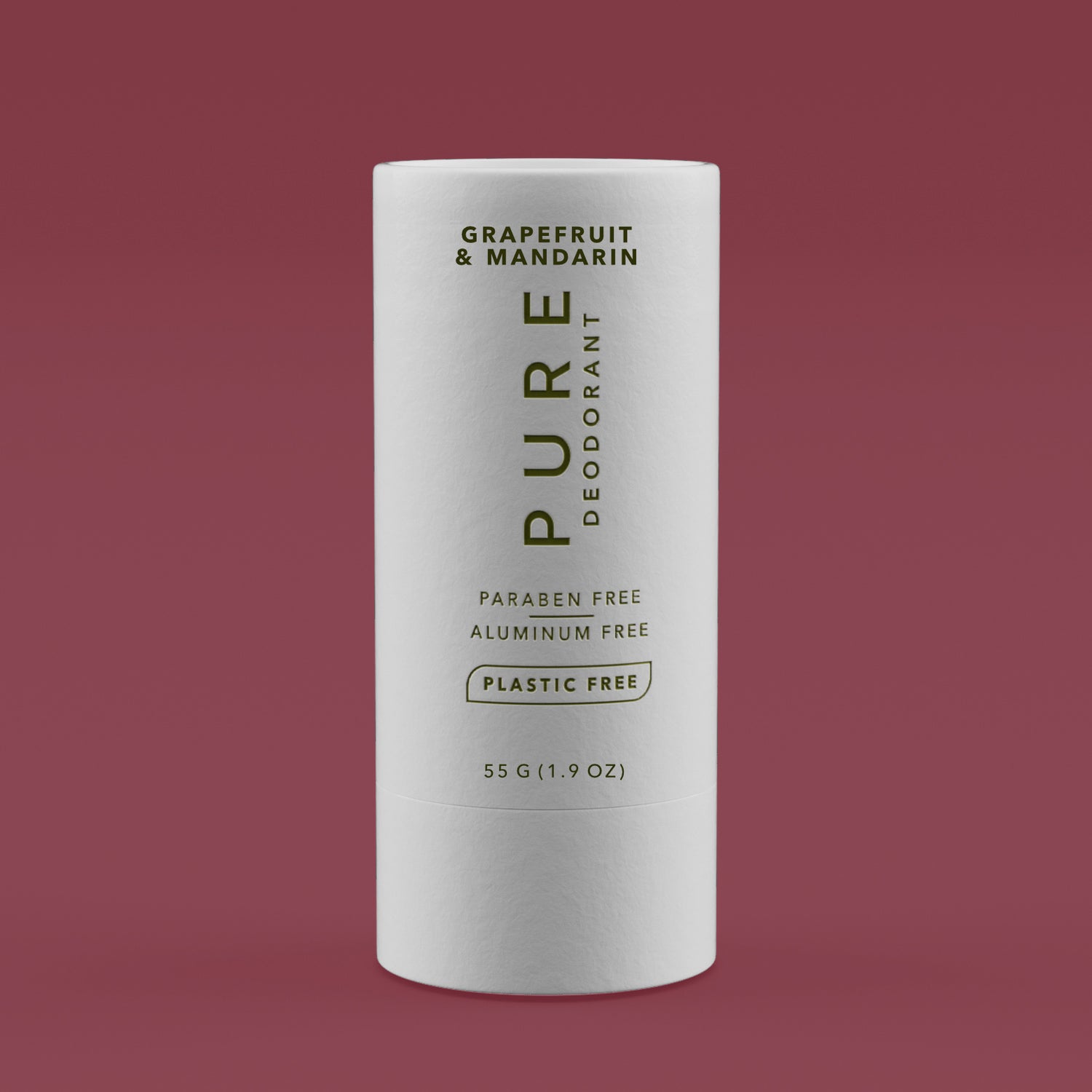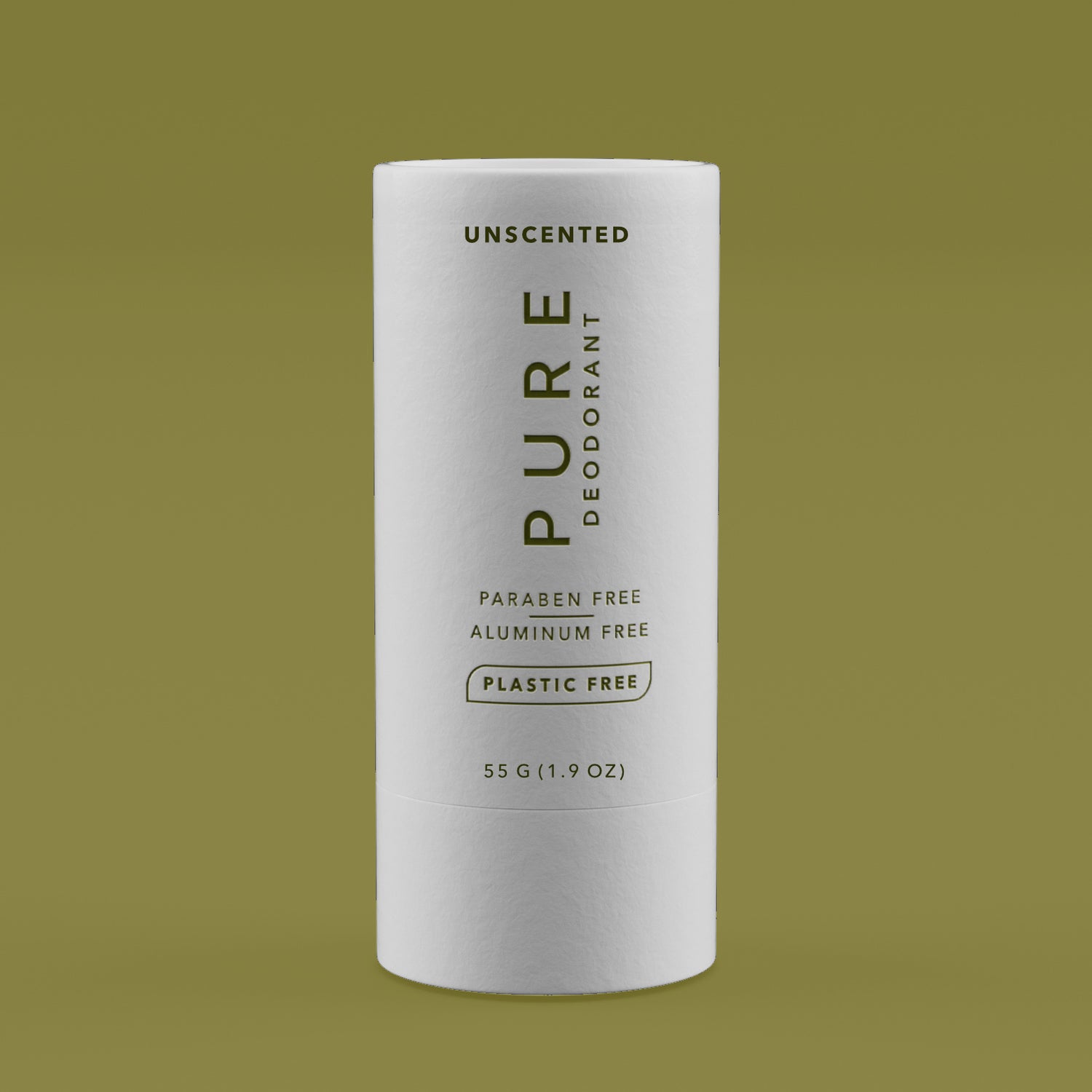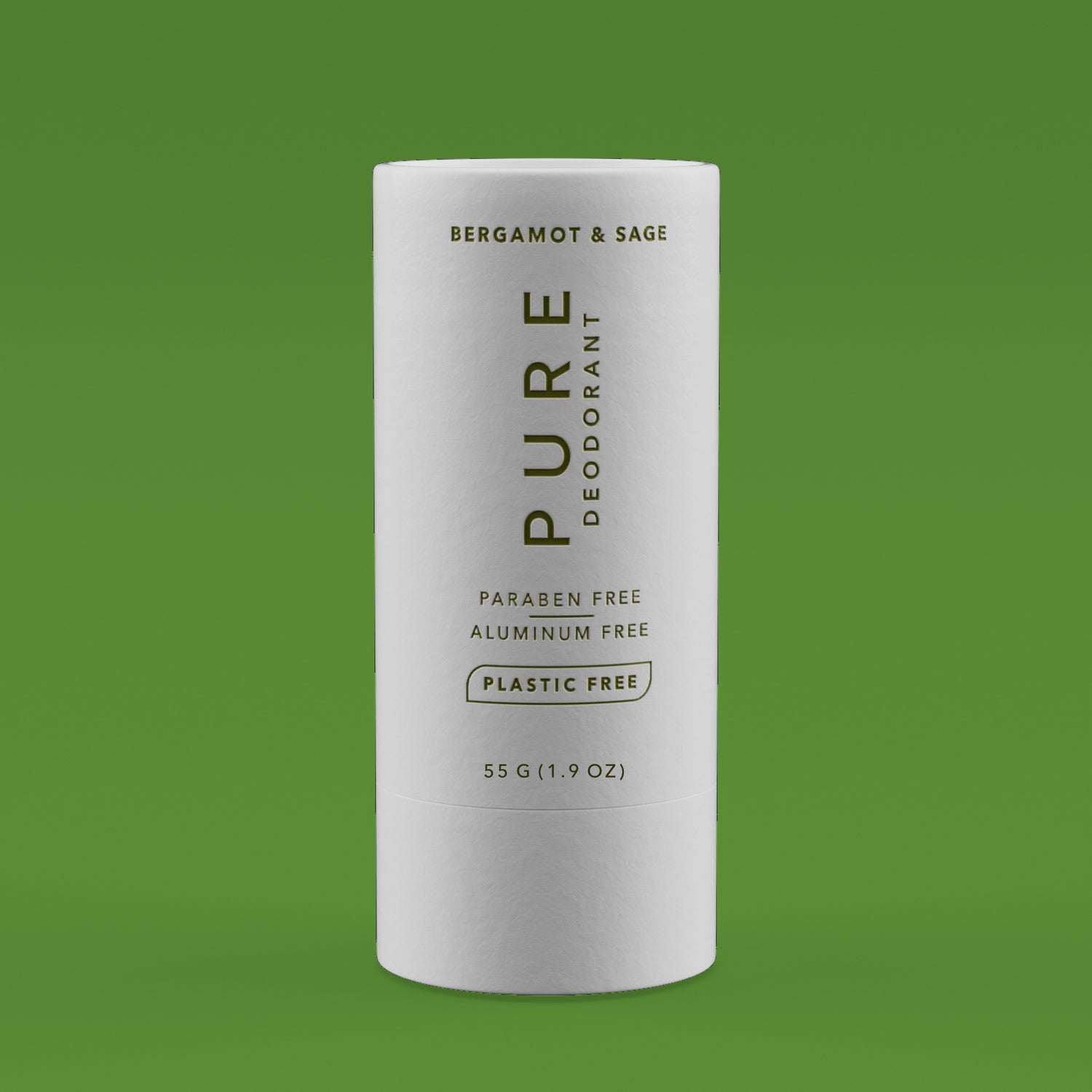The INCI Beauty Score - Rating Our Natural Deodorants
We use INCI Beauty, one of the leading scanning app for cosmetic products in Europe, to score our products and ensure that they are good for your health. They are one of the most trusted European reference in this space.
INCI Beauty has developed an algorithm that inspects the ingredients of beauty products to tell you whether or not they are good for you.
They assess each product with a score going from 1 to 20 points.
Our products have a minimum INCI Beauty score of 18+ points out of 20 (you can find the specific score for a product in its page).
HOW DOES IT WORK?
For each product, INCI Beauty returns an overall score between 0 and 20 as well as the list of ingredients it contains (INCI List). Each ingredient is identified by a system of coloured flowers: green, yellow, orange and red. The principle is that the more red the colour, the more controversial the ingredient, and conversely, the more green the colour, the less controversial it is.
COLOURS
A system of colours reveals penalties of varying magnitude that are assigned to ingredients and used in the calculation of product ratings. However, an ingredient may have different coloured flowers, and therefore different penalties linked to the risk it may represent for the consumer. The penalty system is constantly evolving, and ingredients may switch from one colour to another depending on the updated knowledge INCI Beauty has.
Green: a safe ingredient - no penalty
This type of ingredient does not cause any problems for human health and has less impact on the environment. Most natural extracts are green if they are not regulated.
Yellow: a regulated OR rather irritating OR allergenic ingredient – low penalty
This type of ingredient is not much more of a problem for most of us than the previous ones. However, in this group we are beginning to find some ingredients with irritant or even allergenic properties. Others may also be regulated (Annex III of the European regulation): in general, concentration limits are imposed by Europe. INCI Beauty signal this type of ingredient with a "small" penalty in the products.
Orange: an ingredient derived from petrochemicals AND/OR which does not deserve a red - medium penalty
Under this colour, INCI Beauty mainly refers to synthetic, petrochemical or environmentally unfriendly ingredients due to their polluting manufacturing process and/or their low biodegradability. Ingredients of this type can have an indirect effect on human health.
Red: a controversial or potentially risky ingredient - strong penalty
This is the highest penalty level for an ingredient. As soon as there is a sufficiently serious controversy surrounding an ingredient, it is assigned to this colour level. However, before placing it in such a zone, INCI Beauty makes sure that it's not possible to do otherwise.
You can check out ingredients directly on INCI Beauty's products and ingredients database or on the INCI Beauty app.
DANGERS & RISKS
The cosmetics industry often criticizes applications for not distinguishing between danger and risk. To understand the difference between these two notions, the following example is often given: A lion is a wild animal, it is a dangerous animal. However, if it is locked up in a zoo, and I am a visitor, it does not represent the same risk for me as it does for the caretaker who has to enter the cage and give it food.
On INCI Beauty, the coloured flowers represent "dangers" associated with the ingredients. Of course, one must always bear in mind that the ingredients in circulation in cosmetics do not normally represent a danger for the user, since they are authorised by legislation.
For us, risk is an immaterial notion that changes the level of danger: it is not quantifiable. But technically speaking, INCI Beauty's algorithm could therefore take into account different levels of danger (penalties) according to different situations, which would in a way manage the problem. The lion goes to a danger level of "10" with the caretaker, whereas for the visitor it is at a "2" (there is always a risk that the lion will escape from its cage), and by default it is at a danger level of "5" (it is a wild animal). This notion is essential and guided us in establishing the rating algorithm.
In order to create this algorithm, INCI Beauty tried to establish a list of elements that could make an ingredient in a cosmetic product lead to different risks, as soon as it represents a potential danger. Their reflection also had to take into account the information made available by the brands as well as the regulations, in any case, that it was useless to dwell on data that they did not have or that would be difficult to obtain, for example the concentration of ingredients in the product.
Here are some of them...
- The product category: for example, soap, moisturiser, mascara... Any ingredient will have a different impact depending on the type of product it is used in.
- Whether the product is rinsed or not: this is determined by the category if it is sufficiently precise: a shampoo is rinsed, a dry shampoo is not. The impact of the same ingredient on the skin will therefore be different if it is used in a product that does not remain on the skin (e.g. shower gel) than in a moisturiser.
- The product's texture: liquid, solid, gas (spray), powder, cream, etc. This one seemed interesting to us, as it gives information on how to apply the product. A spray format, for example, may favour the inhalation of ingredients, and pose other problems than less volatile formats.
- Particle size: it seemed interesting to us to deal with the nanoparticle state, especially as the information is mandatory in the INCI lists (if more than 50%), and it is easy to retrieve it and then use it. Numerous studies are underway on this scale, but it is conceivable that an ingredient with a conventional size in the micrometre range (10-6 metres) may have a different impact (penetration of the skin layers) on our body when used in nanometric form (10-9 metres).
- The product’s target: men, women, children, the elderly, pregnant women. A child, for example, will have a more fragile skin than an adult. The categories, if they are sufficiently precise, can determine the public targeted by a given product.
- Product labels and certifications: this information, which appears on the box, can give interesting indications on the content and origin of certain ingredients. For example, an ECOCERT/COSMOS certification can guarantee the use of essential oils and not synthetic perfume.
PROGRESSIVE PENALTY, THE COCKTAIL EFFECT
Another fundamental point that has been taken into account in the development of the algorithm is the "progressive penalty", i.e. a way of progressively penalising products without being too categorical and with a certain relief. For example, INCI Beauty could say that as soon as an ingredient is suspected of being an Endocrine Disruptor, the product containing it would be given a score of 0, but this system would show that the INCI Beauty application would be able to conclude that the ingredient is harmful, whereas no scientist could have done so before.
On this topic, it is worth recalling once again that all ingredients present in cosmetic products are authorised by the regulations and validated by the European Scientific Committee on Consumer Safety (SCCS), and that the purpose of INCI Beauty's application is not to suggest that ingredients are necessarily carcinogenic, since there are controversies about them.
It is therefore important that the rating system can take into account the number of potentially risky ingredients in a formula, if the actual proportions are not known. The rule here is that it is better to use a product containing only 3 petrochemical ingredients than another containing twice as many, and so on.
Moreover, this notion is applicable to the cocktail effect, often put forward by scientists. For example, in the case of allergens: a group of several of them can have different and more important effects than a single one.
THE CALCULATION OF SCORES
Based on the elements mentioned above, each product has a certain number of malus and bonuses that come from the ingredients it contains. Then, depending on the risk, the cocktail effects (beyond 3 allergens for example), the position of the ingredients, the quantity of ingredients or other elements such as an organic label, penalties or bonuses can change the score.
You can learn more and check specific ingredients directly on INCI Beauty's products and ingredients database or on the INCI Beauty app.
-

Scented Natural Deodorants
Try our amazing aluminium free deodorant. Our natural deodorants are great for...
-

Unscented Natural Deodorant
Try our amazing aluminium free deodorant. Our Unscented natural deodorants is really great for your...
-

Natural Deodorants All Types
Try our amazing aluminium free deodorant. Our natural deodorants are great for your...



